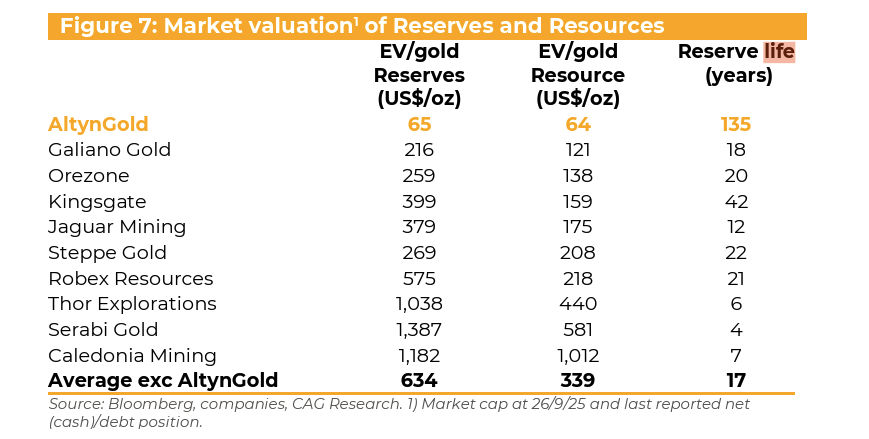It’s been a phenomenal run for gold recently, and this week topped $4,000/oz for the first time. In this environment, investors start to focus on the companies that benefit from high prices. No companies have as much direct exposure as current gold producers. Indeed, with a largely fixed cost base, any gold price rise means a geared upside for the financial results of miners.
However, many investors will have avoided this sector as a capital-intensive, cyclical commodity business full of indecipherable jargon. Others will expect the market to have priced in the rise in gold almost immediately. After all, the current gold price is no secret waiting to be discovered. However, there is a tendency for the share prices of junior gold miners to lag the changes in gold price. Here is what ChatGPT observes about these cycles when I asked it:
Cycle |
Reason |
Observation |
2002–2006 |
Mining underinvestment |
Metal prices rose strongly from 2002, but junior explorers and developers didn’t peak until mid-2006. |
2009–2011 |
Post-GFC rebound |
Gold hit $1,900/oz in 2011, but AIM-listed juniors (like Serabi, Caledonia, Medusa) lagged by ~12–18 months. |
2020–2022 |
Pandemic stimulus |
Gold surged in 2020; many UK juniors only meaningfully re-rated in 2021 after posting improved cash flow and debt reduction. |
Some of the reasons for a lag between gold prices and share prices are logical:
- Cost inflation: The gold price often rises in an inflationary environment, which means that the input costs to production, such as labour, energy and chemical feedstocks, are also rising, squeezing margins. Despite correctly predicting that gold would do well in the mid-2000s, I didn’t really profit from it, as the oil price went up as much and wiped out much of the margins for the smaller producers I invested in.
- Hedging: A company may have hedged a proportion of their production and hence not immediately benefit from the rising gold price.
Some of the reasons are less grounded:
- Many investors (including myself) don’t like to buy things that have gone up a lot recently, as the risk of buying into a bubble at the top seems high. Yet the academic evidence is that buying recent winners is a good strategy, on average.
- Investor confidence takes time to build, and capital takes time to flow into smaller companies.
- Institutional…








